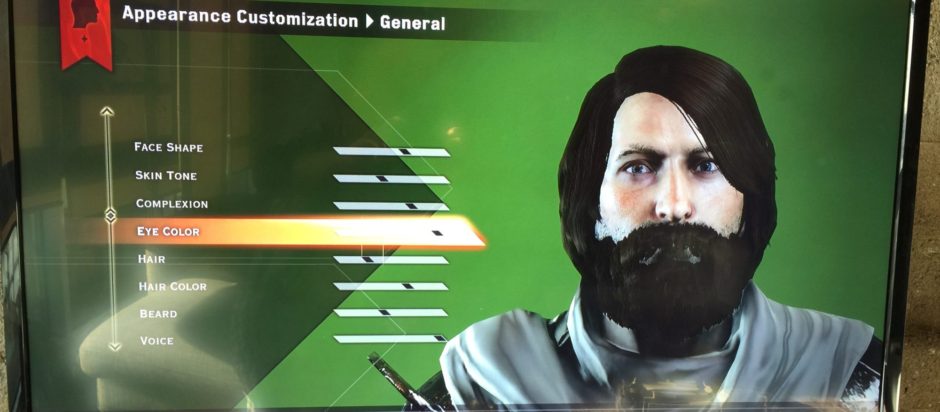Responsibility has yet to be claimed for the beautiful papercraft sculptures that have mysteriously popped up in Scottish libraries and arts centers, each accompanied by notecards featuring the Twitter handles of relevant authorities or personalities.
Tangible artifacts like these have so much presence. It’s hard to imagine augmented reality objects ever having this kind of impact.
This project is a great example of how “embedded” media objects and an active engagement with technology and network culture doesn’t always need to depend on glyphs, bar codes, scanners, cameras, or smartphones — as cool as all those things are.
Just because we can do something 100 percent digitally doesn’t mean that we should. All media forms are tools in the transmedia artist’s toolbox, and every tool has its place. How much less effective would these sculptures be if they had been objects that you needed to download Layar or some other AR app in order to view? How much less presence would they have? How much less mysterious and thought-provoking would they be?
Yes, it’s true, AR people: embedded papercraft objects are better than embedded digital objects.
This is what differentiates the true media artist from the technofetishist. The former adopts whatever medium or combination of media that suits the needs of their project and maximizes impact. The latter always adopts the highest-tech solution, regardless of other options.

